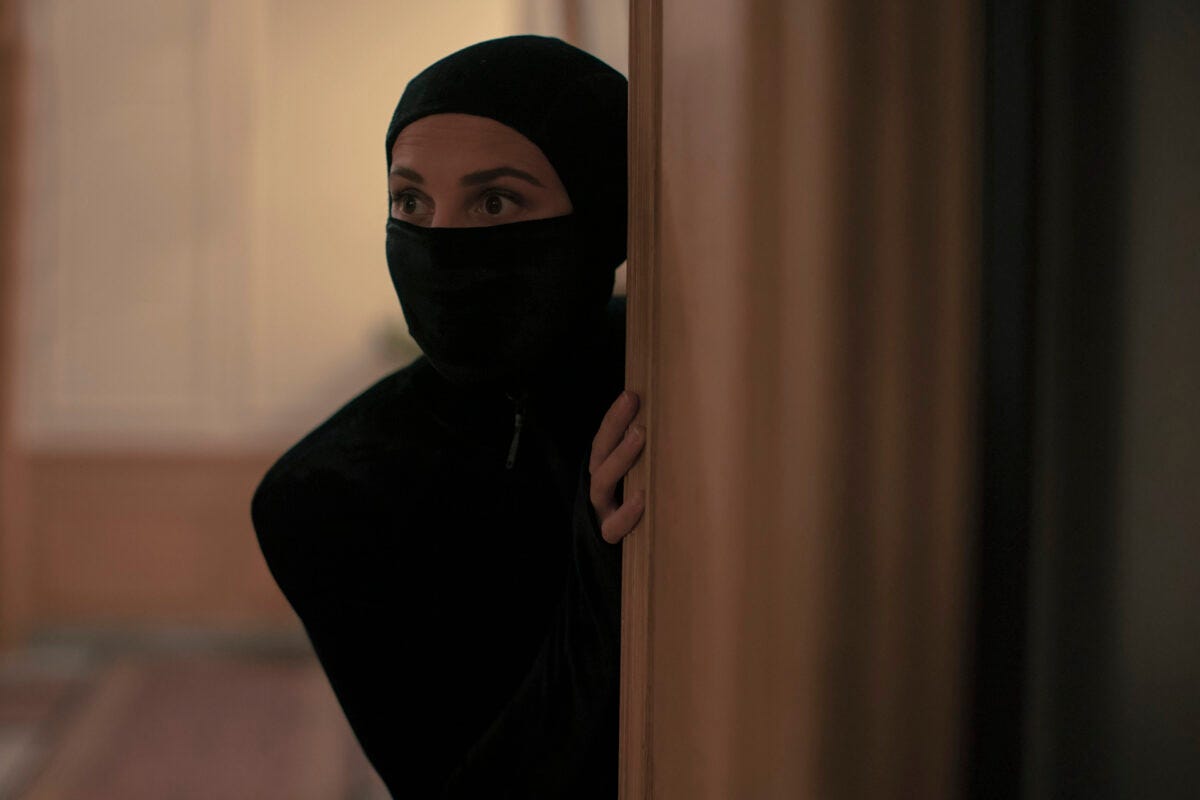Going to the movies —stealing into those I was too young for, devouring everything the eye could see— was among the greater formative experiences of my existence. Nothing tops the big screen, the anticipation of what’s yet to come, the stealing of a hand up one’s arm —or upskirt— in the darkness. (Or pirating a rarity for a closed-door projector screening, for that matter.)
I would be enveloped in film if I could. I’d wear thin, julienned reels left on the cutting-room floor around my wrists and neck, if able, and I always, always, like to meet others who are crazy about movies: a quaintly antiquated passion.
It is also why I’m lazy —or rather, impatient— with streaming. To bingewatch is to gourmandise. With streaming, there is no cinematic moment; it is unauratic.
Streaming cannot suspend time. It lacks the cinematic bracket; making it a new and sui generis viewing experience, with its own set of rules, which has affected film in ways obvious and impalpable.
Twin Peaks: The Return (2017) captured this phase change in the filmviewing experience. This seemed deliberate to me; how it purposely planted a stake in the history of film’s own metamorphosis.
The only other comparable document on the developing state of the situation I have come across is Olivier Assayas’ astonishing Irma Vep (2022), on which I promise further writing soon. Much has been written about Twin Peaks, but little of substance has been said about how the new Irma Vep describes the endstage of the filmic transformation in all of its aspects: from the role of the remake to the dea[r]th of indie film, through the transference and countertransference that takes place between directors, actors and their characters; Irma Vep uses a series of well-worn tropes —the actress, possessed not only by her costume, but by the promise of its action— and levels upon levels of mise en scènes, au-dessus de la mise en abymes to get its point —a grand, heartfelt critique— across.
From the start —and from the present— it is a frank acknowledgement of the recent and the not so recent past, with the result being the first postpandemic piece of tonesetting I have seen captured, on film, with such a sense of opportunity and depth. The work dazzles with a sense of timeliness that is as cosmopolitan and it is transcendentally contemporaneous. Unlike the case with, for example, the feature-length Everything Everywhere All At Once, Irma Vep —being not prompt, but pleasure-driven— notes the transition of not just the artform, or the filmstar, or the auteur, but of an age that’s neither gilded nor roaring but entirely capable of presenting as either, fake or alive.
It is a triumph of sincerity, that takes particular advantage of its medium to construe a contrapuntal fugue in eight movements. Ce n’est pas tout à fait un film, but rather the re-production of a reproduction in a strikingly intimate key. Assayas accomplishes something borderline glenngouldian here, by recurring largely to his own material through multiple(x) incarnations.
The show is a superb hyperbaroque; fifth walls and beyond.
Two final notes, in closing:
a) Cave-painting, like filmmaking, was born in darkness.
b) Films are not time-machines. They’re for space exploration.
Still from Irma Vep (Assayas, 2022).




